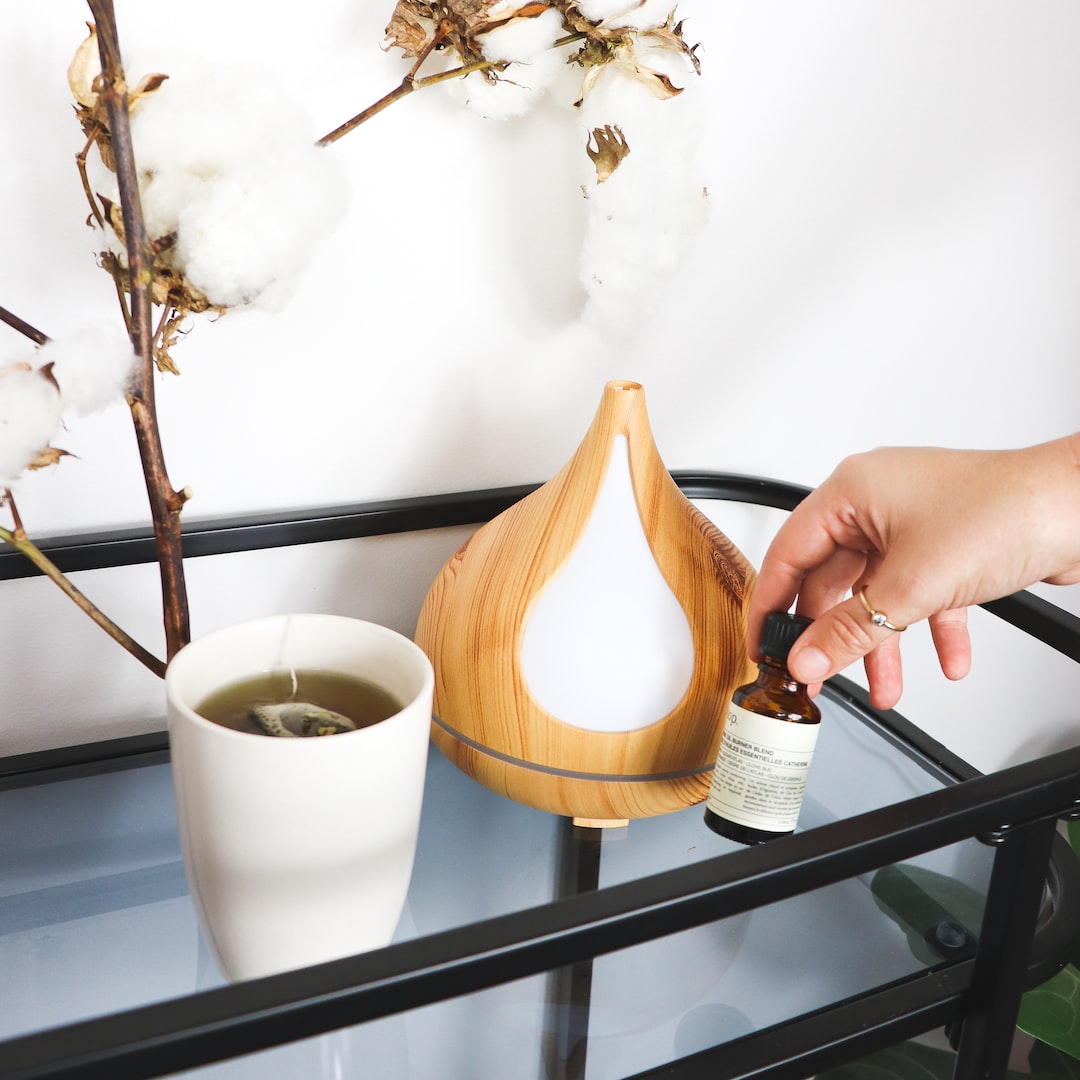Essential oil diffusers take a few drops of aromatic oils and transform them into a fragrant mist that fills your room. This airborne vapor can help soothe anxiety, promote sleep and even supercharge your brain cells.
But how exactly do these electronic devices work? Four diffusing methods exist heat, nebulization, ultrasonic, and fan. Each method has its benefits and drawbacks.
Evaporation
We all know that aromatherapy offers many self-care benefits, from promoting relaxation to improving sleep. But what exactly is it, and how do oil diffusers work? We tapped wellness expert Esme Benjamin and medical doctor Shirin Peters to break down the science behind essential oil diffusers.
Essential oils are highly concentrated extracts from fragrant plants like lavender, peppermint, and eucalyptus. They are usually extracted from the plant through mechanical pressing or distillation. They’ve been used for centuries in aromatherapy, a complementary health approach based on the idea that smelling certain fragrances can trigger the release of neurotransmitters that may improve mood and encourage well-being.
The best way to enjoy these natural scents is by diffusing them into the air. Various diffusing methods exist, but an ultrasonic oil diffuser is the most popular.
When you turn on an ultrasonic oil diffuser, the water and oil mixture vibrate at an ultrasonic frequency that’s inaudible to most humans. This causes the large oil molecules to break down into smaller micro-particles that can be inhaled. You can also use a fan-powered diffuser, which uses a fan to move air across a wick or absorbent surface that holds the oil. These will transfer breathable molecules into the atmosphere, but they aren’t as effective in larger spaces and can’t be precise.
Nebulization
Nebulizers use the power of air to diffuse essential oils into the environment. These atomized droplets are inhaled and travel into the respiratory system and, ultimately, the bloodstream, where they can deliver the desired therapeutic effects.
The nebulizer mixes the oil with pressurized air and sends it to the environment through a distribution tube. This process can be very effective and is ideal for asthmatics or anyone with respiratory issues. However, it is important to note that nebulizing oil diffusers may not be appropriate for all essential oils due to their flammability and individual sensitivities.
Ultrasonic Diffusers
The most common type of diffuser is the ultrasonic model that combines a water reservoir with an electric motor to create a mist. The cover of an ultrasonic diffuser can have one to two parts, with the inner part focusing on the direction of mist flow and the outer piece acting as a decorative element. Below the cover is a circular disc or membrane, which creates vibrations at an inaudible ultrasonic frequency that cause the large oil molecules to break down into smaller particles called micro-particles. These atomized droplets are then diffused into the air for your enjoyment. As with all essential oils, starting with a small amount of your chosen oil is best and working up to a larger dose as needed.
Heat
Essential oil diffusers like a reed diffuser are a popular wellness trend that helps deliver mental and physical benefits. They are a great way to freshen the air and boost a room’s scent, but they also can improve your mood, reduce stress and promote healthy sleep. However, it’s important to know the facts before adding an essential oil diffuser to your home.
The basic premise behind using an oil diffuser is to disperse the oils in the air via an aerosol spray. This diffusion method is prevalent because it’s simple, inexpensive, and convenient. It can be done with various oils, including scented and therapeutic ones, and it’s also easy to clean up.
Another type of essential oil diffusion involves using heat. This is typically done with a candle lamp diffuser that mixes the oil with water and then heats it, sending it into the air in fine droplets. This type of diffusion is not recommended for homes with children, pets, or those with a history of asthma and other respiratory conditions because it can trigger these symptoms.
Finally, soft heat diffusion uses a regulated resistance to slowly warm up the ceramic surface on which the essential oil is placed. This diffusion method makes no noise and is ideal for a night-time diffusing session before bed because it’s gentle on the skin.
Ultrasonic
Ultrasound is sound with a frequency higher than the upper limit of human hearing (20 kilohertz). Like all waves, ultrasound has both longitudinal and transverse components. The longitudinal waves have a pressure component that pushes molecules in the material and a mechanical vibrational (sonar) part that sends echoes back and forth. The transverse waves travel perpendicular to the longitudinal waves and are not reflected.
The sound energy is created by the collapse of millions of microscopic cavitations near the dirty surface of a workpiece, such as an industrial part, medical instrument, watch, or diving regulator. This creates shockwaves that disperse and remove the contaminants on the object’s surface.
Unlike other nondestructive testing (NDT) methods, such as radiology and liquid penetrant, ultrasound doesn’t release harmful radioactive particles or require cumbersome fluid containment systems. Moreover, advanced ultrasound techniques like a phased array and time of flight diffraction can deliver inspection results immediately.
In addition to removing contaminants, ultrasound can lower water’s turbidity, making it more transparent. An ultrasonic water treatment system has been shown to reduce turbidity by as much as 76%. This is important because contaminated water can negatively affect health and cause death. As such, having safe and clean drinking water for everyone is essential. As more and more companies look to cut costs while still providing high-quality water, ultrasound technology is a great solution that can help them do just that.



